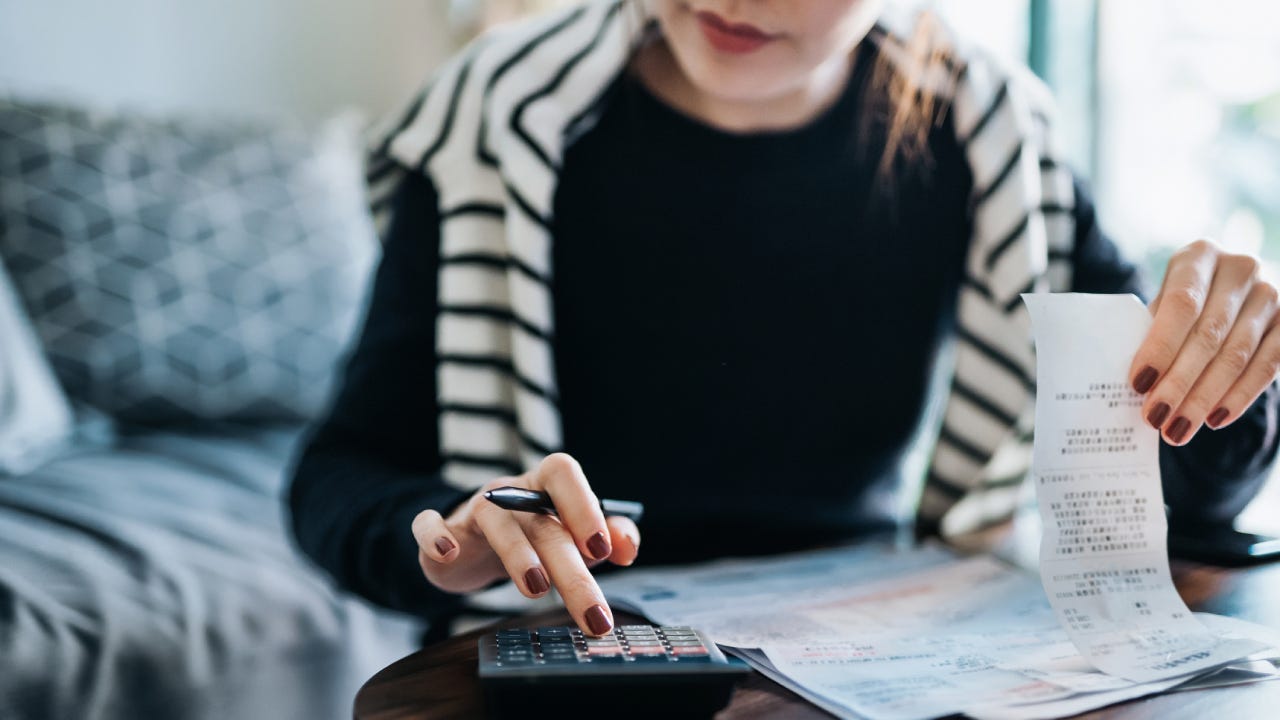Balance sheets: what they are and how to use them




Investors use balance sheets to help assess a company’s ability to meet its current and future debt obligations. This static financial statement can give you an idea of the financial health of a company.
We’ll get into the specifics including the balance sheet formula, the purpose of a balance sheet, how to read one and its limitations.
What is a balance sheet?
A balance sheet is a financial statement that reports a company’s assets, liabilities and shareholder equity at a specific point in time. It provides a snapshot of what a company owns and owes, as well as the amount invested by shareholders. A balance sheet can be used to calculate financial ratios, such as debt-to-equity. Many of these ratios will tell you how if — and how much — a company is leveraged.
As the name suggests, the statement should show balance. For instance, if a company takes out a loan for a specific amount, that number will show up in both assets and liabilities. Another example is when a company takes more money from investors — assets will increase as will shareholder equity.
Balance sheet purpose and use
Investors and companies use balance sheets, along with other financial statements such as profit and loss reports, statements of equity and cash flow, to assess a company’s financial standing and health. For instance, if a company has a positive net worth, enough cash and short-term assets to cover obligations and enough cash on hand, it’s in good financial standing.
The document is used to compare competitors and review net worth. It can also be used to determine risk, secure capital and measure liquidity. Additionally, the balance sheet can be used to evaluate a company’s ability to pay off obligations, borrowing level, ability to pay dividends and asset value. Investors often compare a series of balance sheets to see how a company has grown — or not — over the years.
How to read a balance sheet
Most balance sheets have a relatively simple structure. One column lists all assets, usually on the left. On the right, a column details all liabilities. Assets and liabilities are further divided into current and long-term categories. Owner equity will have its own section. The total assets and total liabilities are generally found at the bottom of the columns.
Understanding the balance sheet formula
The balance sheet formula states that assets equal liabilities plus shareholders’ equity. It can also be stated as:
Total assets = Total liabilities + Total equity
Assets are everything a company owns, including money, property, investments and inventory. Liabilities are what the company owes such as taxes, payroll and mortgages. Shareholders’ equity is the investors’ ownership stake in the company.
Who prepares a balance sheet?
Typically, a balance sheet is prepared from an organization’s general ledger and is reviewed and adjusted by the firm’s general ledger accountant or bookkeeper. Some small businesses rely on bookkeepers for balance sheets, but many hands-on owners prepare the document themselves. Mid-size private firms may have their balance sheets prepared internally and later looked over by an external accountant.
Publicly-held companies are subject to external audits and must file balance sheets with the Securities and Exchange Commission (SEC). Their balance sheets also must be prepared in accordance with Generally Accepted Accounting Principles (GAAP). These standards are set by the Financial Accounting Standards Board (FASB) and help make financial statements transparent and easily comparable.
How often are balance sheets prepared?
This can depend on the company, but at the very least balance sheets are prepared annually for filing income tax returns. Public companies have SEC reporting requirements, including quarterly 10-Q reports and annual 10-K statements. These documents are comprehensive financial reports that include balance sheets. The 10-Q is generally not audited but the 10-K is.
Limitations of a balance sheet
Similar to most financial documents, a balance sheet has a few blind spots. For starters, the statement reflects the company’s financials on the day it’s pulled — it’s not dynamic — meaning it needs to be updated regularly to reflect the most current state of affairs. Cash flow isn’t captured on the document, nor is return on equity or return on assets. Additionally, depreciation and other variables can be calculated differently depending on who is preparing the sheet. That inconsistency can mean it’s hard to compare between two companies.
To better understand a company’s overall financial standing, it’s important to read the annual company report. The report includes budgets, a list of assets and liabilities, an inventory value, a prediction of the upcoming financial year and a letter from the company owner and CEO. Plus, the report may include a historical perspective capturing several quarters or years of data. All this can help you understand whether the bottom line is or isn’t improving.
Bottom line
You can use a balance sheet to get an idea of the company’s assets, liabilities and shareholders’ equity at a specific point in time. But as we mentioned earlier, it’s worth also taking a look at the company report and other financial documents for a more in-depth understanding of a company’s financial prospects.
You may also like

What is financial planning? Learn how to get started.

What is a balance transfer — and is it a good idea for debt?


